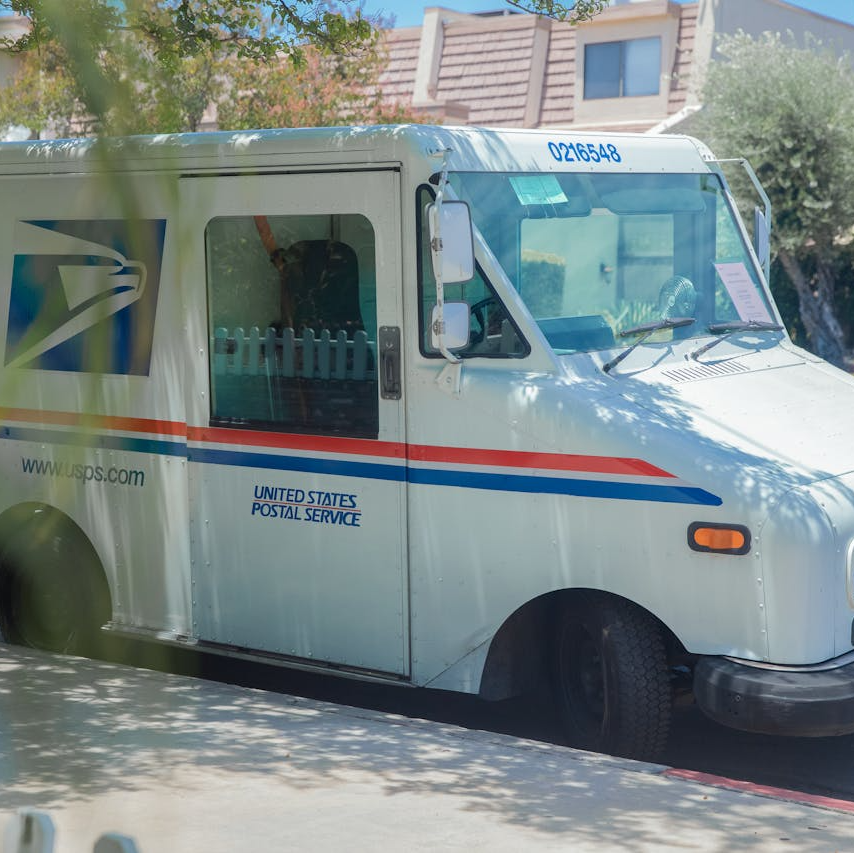Key Takeaways:
- The upcoming 2025 Postal Service Health Benefits (PSHB) overhaul will significantly change healthcare for USPS workers and retirees.
- USPS employees and retirees should prepare for the transition, which may require changes to their health coverage and understanding of new options.
Postal Workers Get Ready: The 2025 Health Benefits Overhaul Could Be the Biggest Change You’ve Seen in Years
The U.S. Postal Service (USPS) workforce is facing a pivotal change in their healthcare system with the upcoming 2025 overhaul of the Postal Service Health Benefits (PSHB) program. This shift, part of the broader efforts to reform the postal service, promises to be one of the largest healthcare transitions USPS employees and retirees have experienced in decades. As the implementation deadline nears, it’s essential to understand what this means for you, how to prepare, and what steps you may need to take to ensure seamless health coverage during and after the transition.
What is the Postal Service Health Benefits (PSHB) Program?
The PSHB program is a new healthcare system designed specifically for USPS workers and retirees. Set to take effect in 2025, this program is intended to replace the Federal Employees Health Benefits (FEHB) program for postal employees. This change is a direct result of the Postal Service Reform Act of 2022, a piece of legislation aimed at improving the financial sustainability of the USPS.
Under this new system, postal employees will still have access to comprehensive health coverage, but there will be significant changes in how the plans are structured, administered, and offered. The PSHB program will exist alongside the FEHB program, but it will be exclusively available to postal workers and retirees, effectively separating USPS employees from the broader federal workforce in terms of healthcare benefits.
Why is This Change Happening?
The push for the PSHB stems from financial concerns and operational challenges that the USPS has faced for years. The Postal Service has long struggled with its financial obligations, especially when it comes to prefunding retiree health benefits. By establishing a separate health benefits program, the USPS aims to reduce some of the costs and liabilities that have contributed to its ongoing financial difficulties.
Moreover, the change is part of a broader initiative to modernize USPS operations. As postal workers’ healthcare needs differ from those of other federal employees, the PSHB program is designed to better address these unique needs, potentially offering more tailored coverage options and cost efficiencies.
How Will the PSHB Impact Current Employees and Retirees?
For current employees, the transition to the PSHB program may require choosing new health plans, understanding different coverage options, and possibly adjusting to new healthcare networks. One of the most significant changes will be for postal workers nearing retirement. Those who retire after the PSHB implementation will need to enroll in the PSHB, which could mean adjusting their current plans or reconsidering their health coverage needs.
For retirees, the changes could be even more impactful. Retirees enrolled in the FEHB program may need to transition into the PSHB system. Additionally, Medicare integration is expected to play a significant role in the PSHB, especially for retirees over the age of 65. Most retirees will likely need to enroll in Medicare Part B to maintain full PSHB coverage, which may involve navigating new premiums and out-of-pocket expenses.
Medicare and the PSHB: What You Need to Know
A critical aspect of the PSHB program is its integration with Medicare. As part of the reforms, postal retirees who are eligible for Medicare will be required to enroll in Medicare Part B. This is a substantial shift from the current system under FEHB, where Medicare enrollment is optional.
For retirees, this means an additional layer of complexity in managing healthcare. While Medicare Part B offers essential coverage, including outpatient services, physician visits, and preventative care, it also comes with premiums. However, the integration between Medicare and PSHB is designed to streamline coverage, potentially reducing some out-of-pocket costs for retirees who may currently have gaps in coverage.
Preparing for the 2025 Transition
If you’re a USPS employee or retiree, now is the time to start preparing for the upcoming changes in 2025. Here are some practical steps you can take to ensure a smooth transition:
1. Stay Informed
Keep yourself updated on the latest information regarding the PSHB program. The USPS will likely roll out communication campaigns and resources to help workers and retirees understand the new program and what actions they need to take. Make sure to regularly check official USPS communications, including emails, newsletters, and the USPS website.
2. Review Your Current Health Coverage
Take stock of your current health insurance coverage and assess how well it meets your needs. If you’re currently enrolled in the FEHB program, review the details of your plan, including costs, benefits, and coverage networks. Compare these features with what might be available under the new PSHB program to anticipate potential changes.
3. Evaluate Medicare Enrollment
For retirees or those nearing retirement, consider how the PSHB program’s Medicare requirement will affect you. If you’re eligible for Medicare but have not yet enrolled, research Medicare Part B enrollment options and costs. If you are already enrolled in Medicare, review your coverage to ensure that it will integrate smoothly with the new PSHB program.
4. Consult with Healthcare Professionals
If you have complex medical needs or rely on specific healthcare services, consider speaking with healthcare professionals or benefits counselors. They can help you assess how the changes in health benefits might affect your access to care, especially if you rely on specialist services or long-term care.
5. Plan for Possible Costs
Although the PSHB program aims to streamline and potentially lower healthcare costs, there may be some out-of-pocket expenses, particularly for retirees enrolling in Medicare Part B. Start budgeting for these costs now, and ensure that your retirement savings or income can cover any additional premiums or expenses that may arise.
Key Dates and Deadlines
As the 2025 implementation date approaches, USPS employees and retirees should pay close attention to key deadlines for enrollment and plan selection. Missing these deadlines could result in gaps in coverage or delays in receiving the benefits you’re entitled to under the new PSHB program.
The USPS and Office of Personnel Management (OPM) will likely provide detailed timelines for enrollment periods, and it’s crucial to adhere to these dates to avoid any disruptions in your healthcare coverage.
How the PSHB Differs from FEHB
While the PSHB program will resemble the FEHB in many ways, there are some notable differences. One of the primary distinctions is that the PSHB program is designed specifically for postal workers, which means that the health plans offered may be more tailored to the unique needs of USPS employees and retirees. Additionally, the integration with Medicare for retirees is more structured under the PSHB, requiring Medicare enrollment in a way that was not mandatory under the FEHB.
What Happens If You Do Nothing?
Failing to prepare for the PSHB transition could have significant consequences. USPS employees and retirees who do not actively choose a new plan or enroll in Medicare (if required) may face gaps in coverage or higher healthcare costs. It’s essential to take the necessary steps to ensure you are enrolled in the right plan, understand your benefits, and maintain continuous health coverage.
Looking Ahead: What to Expect in 2025
The 2025 Postal Service Health Benefits overhaul represents a major shift in how USPS employees and retirees receive healthcare coverage. While the transition may seem overwhelming, it also presents an opportunity for postal workers to reassess their healthcare needs and make informed decisions about their coverage.
By staying informed, evaluating your current coverage, and preparing for Medicare integration, you can ensure that you are ready for this significant change. The PSHB program is designed to better meet the healthcare needs of postal workers while addressing some of the financial challenges facing the USPS. As we approach 2025, being proactive about your health coverage will help you navigate this transition smoothly.
Preparing for 2025 and Beyond
The upcoming changes to postal workers’ health benefits mark a new chapter for the USPS workforce. By understanding the new PSHB program, staying informed, and making thoughtful choices, USPS employees and retirees can ensure they continue to have the healthcare coverage they need for years to come.










